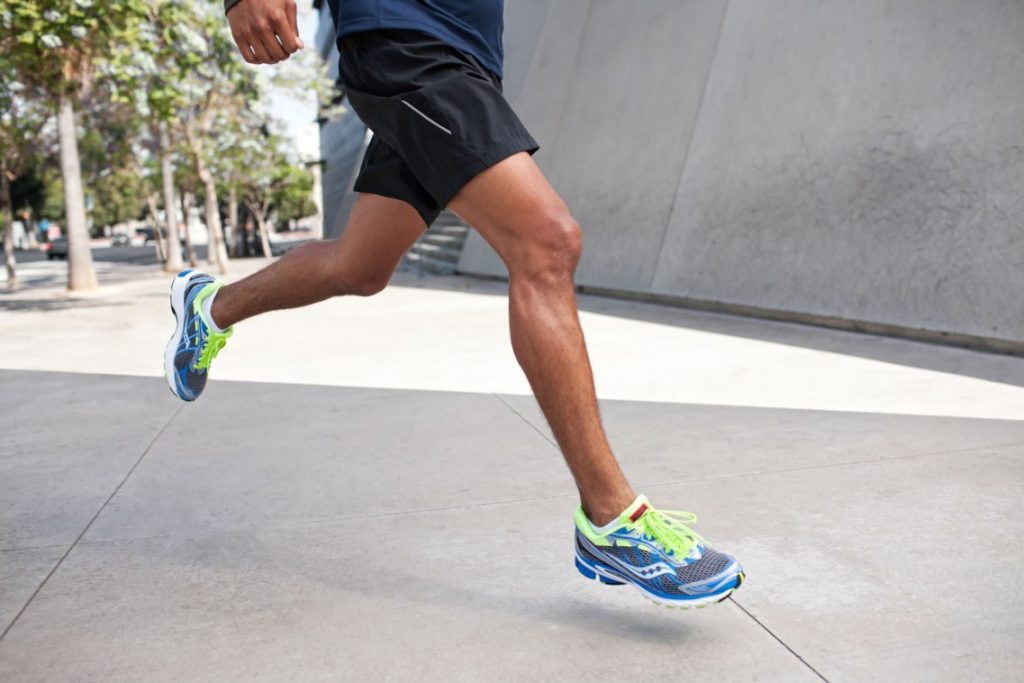Fast efforts are more likely than tough hill sessions to lead to tibia (shin-bone) stress fractures, according to new research out of the University of Calgary. In fact, the same factors that can make hill work so gruelling might also help promote runners’ bone health.
The findings come from a study in which researchers enlisted 17 volunteers for treadmill runs up to 16 km/h, at five different slopes. Through complex modeling that also pulled information from motion-capture testing and a database of computerized tomography (CT) scans of volunteers’ tibia bones, researchers were able to get insights into the type of running that places greater stress on the tibia, which in turn is more likely to result in a stress fracture.

“I’ve really been interested in running biomechanics, and in particular, understanding why people get injured,” says Michael Baggaley of the University of Calgary’s faculty of kinesiology. He tells Canadian Running that although the link between increasing training intensity and a greater risk of tibial stress fractures is well established, he and his team wanted to understand what specific aspects of training were more likely to result in injury.
“We didn’t really see a difference in the damage potential when you run uphill or downhill relative to running on flat ground,” Baggaley says of his team’s findings, “but changing the speed that you run at really did change what we consider the damage potential.”
He suggests the body’s response to the challenge of running uphill helps protect runners from shin-bone stress.

“It can be counterintuitive, because uphill running is very exhausting, really taxing, but when you run uphill, you tend to run with a very quick cadence and a very short stride length,” he says. “So it’s actually these adaptations going uphill running that minimize the loading on the bone. Inadvertently, the fact that running uphill is so tough, that it costs so much energy and oxygen, actually causes you to change the way you run into a more protective manner for our body. Conversely, when you run fast [i.e., on flat ground], you take longer strides and spend more time in the air. All that requires more force to be placed on your body.”
He says while other factors, such as previous bone injuries or malnutrition, can increase susceptibility to stress fractures, the study does make a clear connection between running faster and increasing the risk of damage to the tibia. “The faster you’re trying to run, the more likely you are to be stressing the bones to a higher degree,” says Baggaley.

The takeway for runners, he says, is to take easy runs easy, and to be careful not to introduce too much speedwork too quickly into your training. “There’s a general premise that most runners spend too much time training too fast, and most of us should spend most of our runs at an easy, conversational pace. I think the results of this work support that notion, and that many people are putting themselves at a higher risk than is necessary in order to gain the training benefits of running.”

